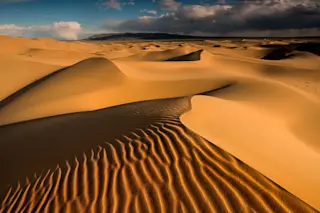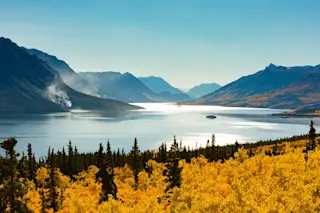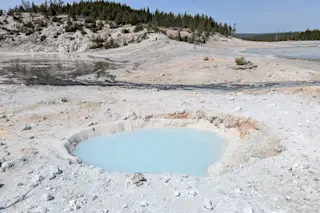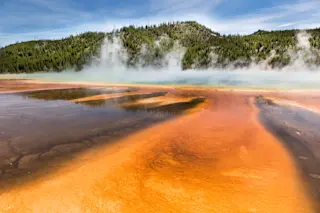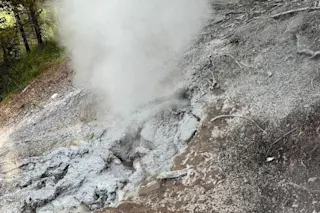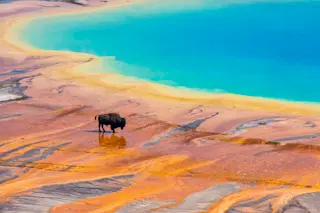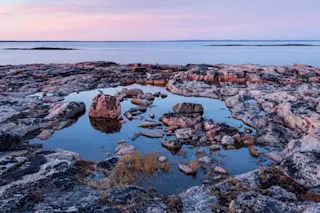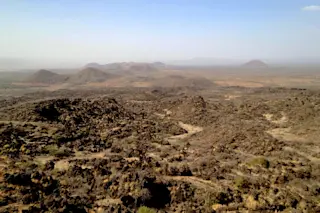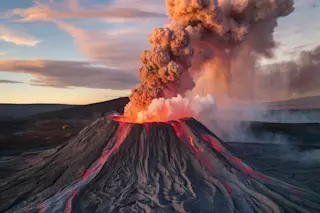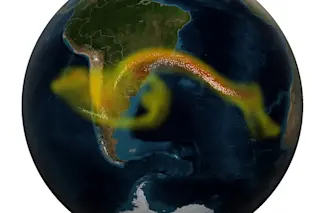When Marco Polo crossed the Gobi Desert in the 13th century, he thought he heard the voices of restless spirits. In Book One of The Travels, Polo says:
"… when travellers are on the move by night, and one of them chances to lag behind or to fall asleep or the like, when he tries to gain his company again he will hear spirits talking .… Even in the day-time one hears those spirits talking. And sometimes you shall hear the sound of a variety of musical instruments, and still more commonly the sound of drums."
Polo wasn’t hearing anything supernatural, but he wasn’t imagining it, either. The sands of the Gobi desert do make some bizarre and hauntingly beautiful sounds. R. A Bagnold, an English explorer who led many desert expeditions in the early 20th century, poetically described the phenomenon as, “the great sound which in some places startles ...



